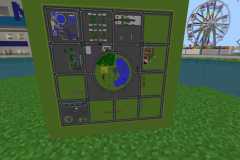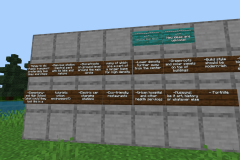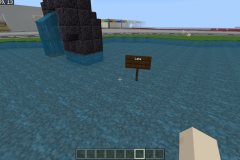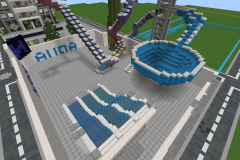Building a Sustainable World in Minecraft – A High School Science Collaboration
In this advanced study unit, a group of high school students majoring in science embarked on a project to create a sustainable world using Minecraft. The students worked in cooperation with sister schools in Germany and the Czech Republic, as well as their chemistry teacher, to explore renewable energy sources, with the primary goal of building a functional, environmentally sustainable society in the game.
The project was designed to engage students in collaborative learning, combining science with creativity. The chemistry teacher played a key role in guiding students on how to conduct research by identifying scientifically sound sources, evaluating their credibility, and sharing findings with group members.
Project Overview: Sustainability through Energy Choices
The Minecraft world was designed to simulate real-world environmental and geographical challenges. Students were tasked with choosing the best possible energy source for their virtual society, keeping in mind sustainability, efficiency, and ecological impact. Solar energy and hydropower were the two main energy sources considered, but students were encouraged to explore new developments in renewable energy as part of their research. The final decision on which energy source to use was made through a debate followed by a vote.























